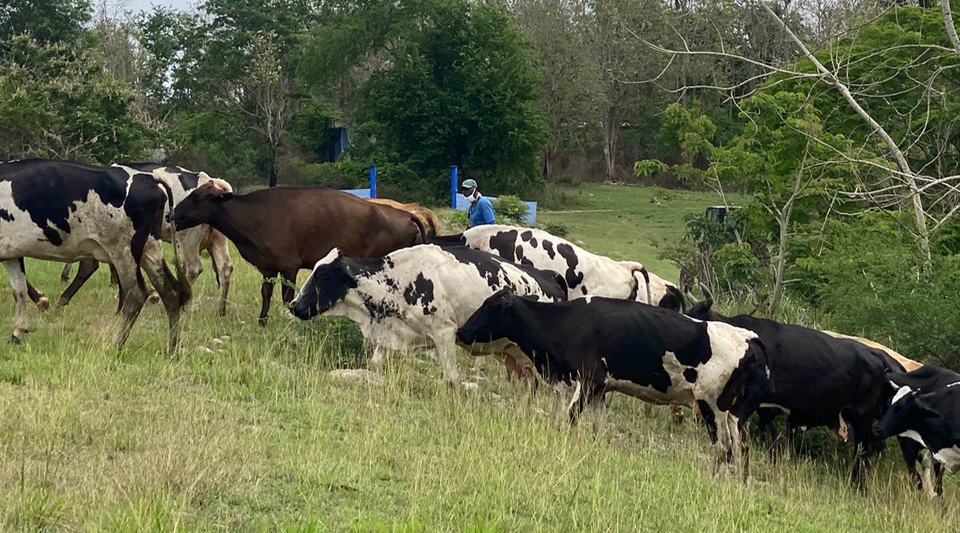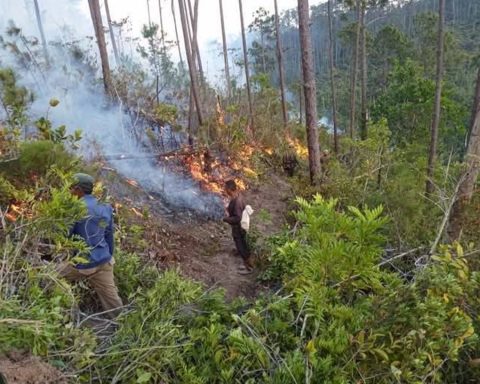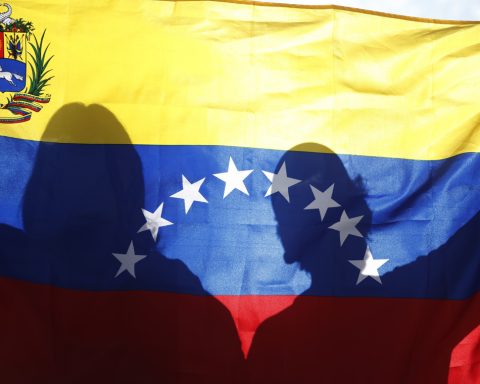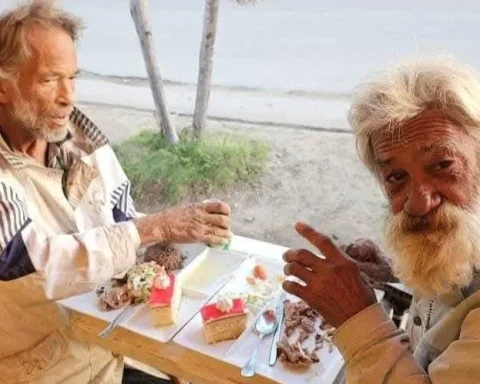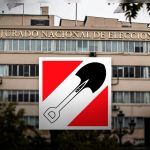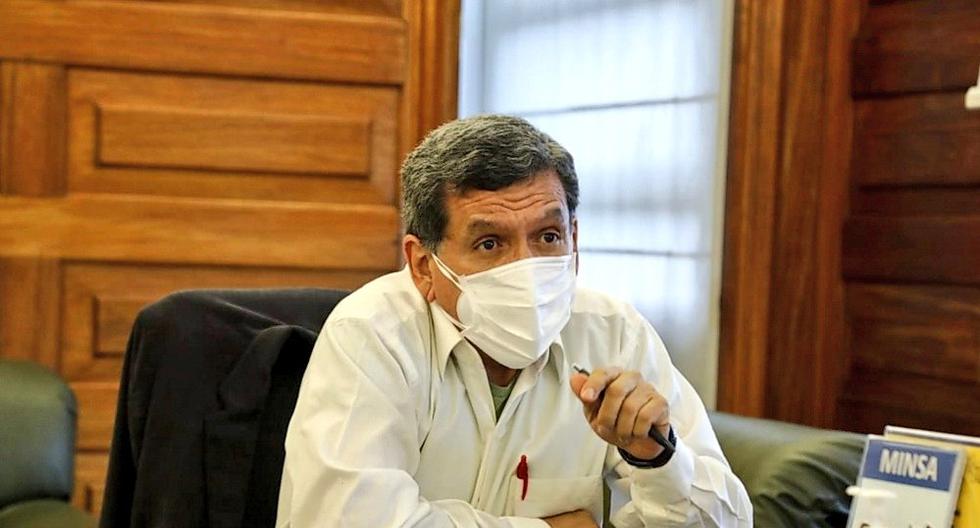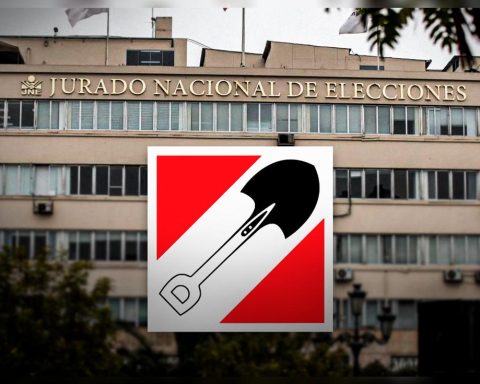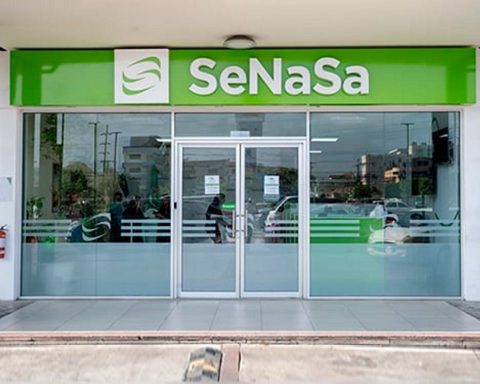The collapse of cattle farming seems to have no end. Since 1985, a quarter of the herd has been lost and from 2014 to this September it has been reduced by 10.2%, according to the economist Pedro Monreal with data officers published by the National Statistics Office of Cuba. (ONEI).
In 1985 there were just over five million head of cattle in Cuba, compared to the current 3.7 million. The short period that goes from 2006 to 2014 is the only one in which the livestock population had respite and recovered slightly, going from 3.703 million to 4.1. From that moment on, the drop remains constant again.
The data is even more contrasting if you go back in time. In 1959, the head of cattle was 5.1 million for the 6.5 million inhabitants of the Island at that time. As of that date, the mass of cattle begins a remarkable rise that reaches its maximum point in 1967, when it reaches 7.1 million. Although the population by then has already increased to 8.4 million Cubans, the ratio goes from 0.78 heads per person to 0.84. But from then on, and except for a fleeting recovery in 76, the decline is sustained and since 1986 it has never again reached five million head.
With the island’s current population of 11.3 million officially, the per capita rate barely reaches 0.3 head of cattle.
The data, all of them official, put black on white what Cubans can see on the market platforms. Beef is an unattainable luxury good that was first replaced by pork and now, this also turned into a chimera, by chicken, most of the time frozen and imported.
The 63 measures launched in April this year to stimulate food production included a much celebrated novelty, the liberalization of the slaughter, consumption and sale of beef, in addition to milk. Ranchers who had a production greater than that contracted by the State could obtain a permit to sell the surplus privately. It is still too early to evaluate the results that, over time, the regulatory package could have, but for now the signs are not very promising.
In May, only 600 farmers from Camaguey They met the requirements to obtain an authorization for this type of sale, which meant that only 6% of them could sell surpluses in the most livestock province of Cuba. On Sancti Spíritus was even worse and only 1% were in a position to access the permit.
In addition, those who have managed to obtain the exemption regret that the State does not fulfill its part adequately. The authorities also announced the payment in foreign currency for those who exceed the deliveries contracted, but the banking problems and the lack of foreign exchange have slowed or blocked this possibility and the producers remember that it is practically impossible for them to buy some inputs if they do not have freely convertible currency. .
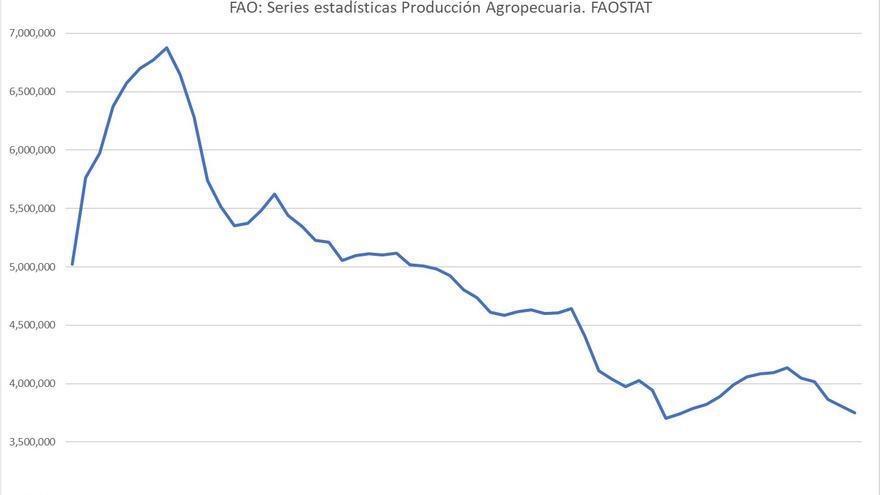
Drought, lack of feed and drugs to care for animals are the most common explanations among producers to justify the low number of heads of beef in Cuba, although picaresque also influences. Since 1964, Cubans have an obligation to declare the cows they own, in addition to distinguishing the sex, which affects milk control. Many farmers change the sex of the animal to avoid declaring dairy production or do not reveal all the cattle they have. In some more extreme cases, the “accidental” slaughter of the bovine has been seen to be able to eat it without giving explanations to the State.
For years, the theft and slaughter of cattle has been heavily penalized and those who commit this type of crime have been sentenced to long prison terms. All this has favored a cult of beef that distances Cubans far from the proposals of the World Health Organization to reduce the consumption of red meat for health or environmental reasons. On the Island, this limitation is not optional, but imposed.
________________________
Collaborate with our work:
The team of 14ymedio He is committed to doing serious journalism that reflects the reality of deep Cuba. Thank you for joining us on this long road. We invite you to continue supporting us, but this time becoming a member of our journal. Together we can continue transforming journalism in Cuba.
